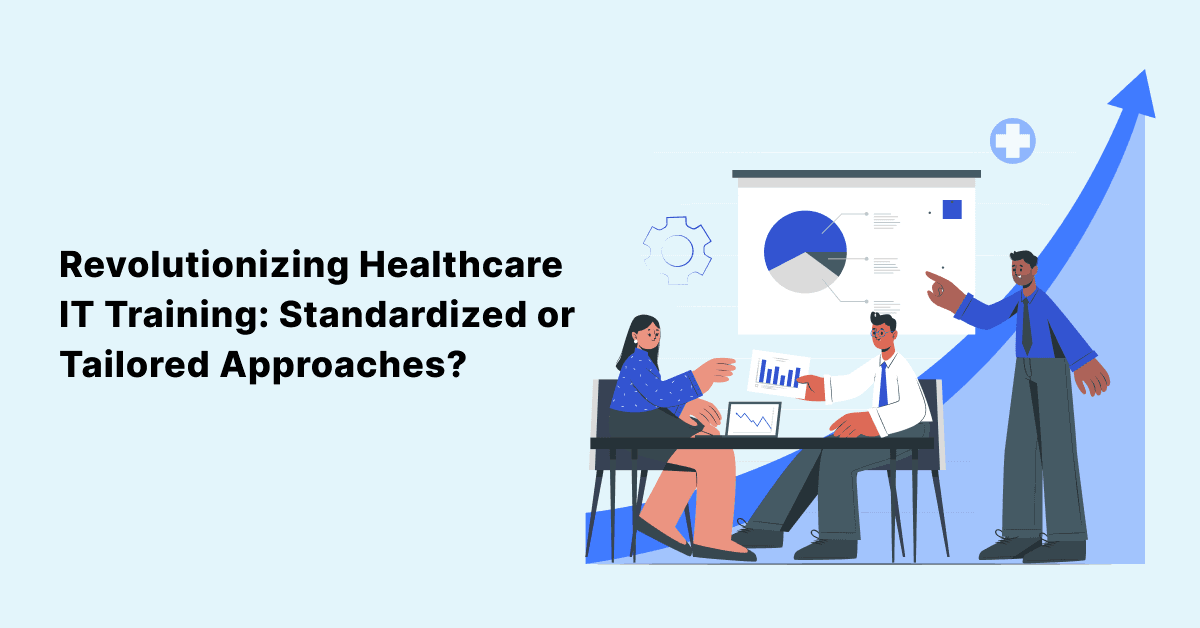
Can E-learning Actually Save Money During EHR Implementations?
Training is the most crucial aspect of implementing and adopting a new EHR, and it decides the success of an …

With technology ever increasing, organizations are looking for additional ways to teach and develop employees that provide autonomy and versatility in their offerings. Enter the MOOC – Massive Open Online Courses: What are they? How do they work? Who benefits from this alternate approach to content dissemination?
Simply stated, MOOCs are online courses that are available to anyone with a computer and internet connection. MOOCs offer learners ways to learn in a setting similar to an online class, but are typically structured in a way that simplifies access and eliminates tuition or academic program commitments. Whether learners should sign up for a MOOC will depend on his or her academic and professional goals. To learn just for fun, or to get a certificate for a small fee, MOOCs provide a great option.
The bottom-line benefits of leveraging a MOOC in the organization include:
Versatility is one of the greatest benefits of a MOOC and quite often course materials are delivered in various formats, such as:
Rarely will lectures be offered live, but can be occasionally available. Some MOOCs consist mostly of written text, including lecture slides, quizzes, and tip sheets requiring students to read the material and engage in written exercises. Others will have a stronger emphasis on video lectures.
One thing to note is that because the course materials are offered in an electronic format, learners must ensure they have the hardware and software needed to successfully review all provided materials, otherwise, this approach returns little to no benefit.
The primary benefit here is that most MOOCs can be taken at any time with no set schedule whatsoever. Just make note that some MOOCs (such as those offered with a certificate or for academic credit) must be taken within a certain window or timeframe, usually lasting several weeks to several months.
Depending on the content and overall learning approach, coupled with formalized training and development options, MOOCs can be either highly useful or very limited. If better more efficient options are not easily available, a MOOC approach could suffice from the short term perspective.
Content is often crowned king, therefore, if the environment is right and the shoe fits, wear it.
Join over 3,200 subscribers and keep up-to-date with the latest innovations & best practices in Healthcare IT.

Training is the most crucial aspect of implementing and adopting a new EHR, and it decides the success of an …

Despite recent challenges in the world of training and EMR implementation, training still remains just as …

Navigating through new software without any guidance or support can be a nightmare, right?
Now, imagine the …